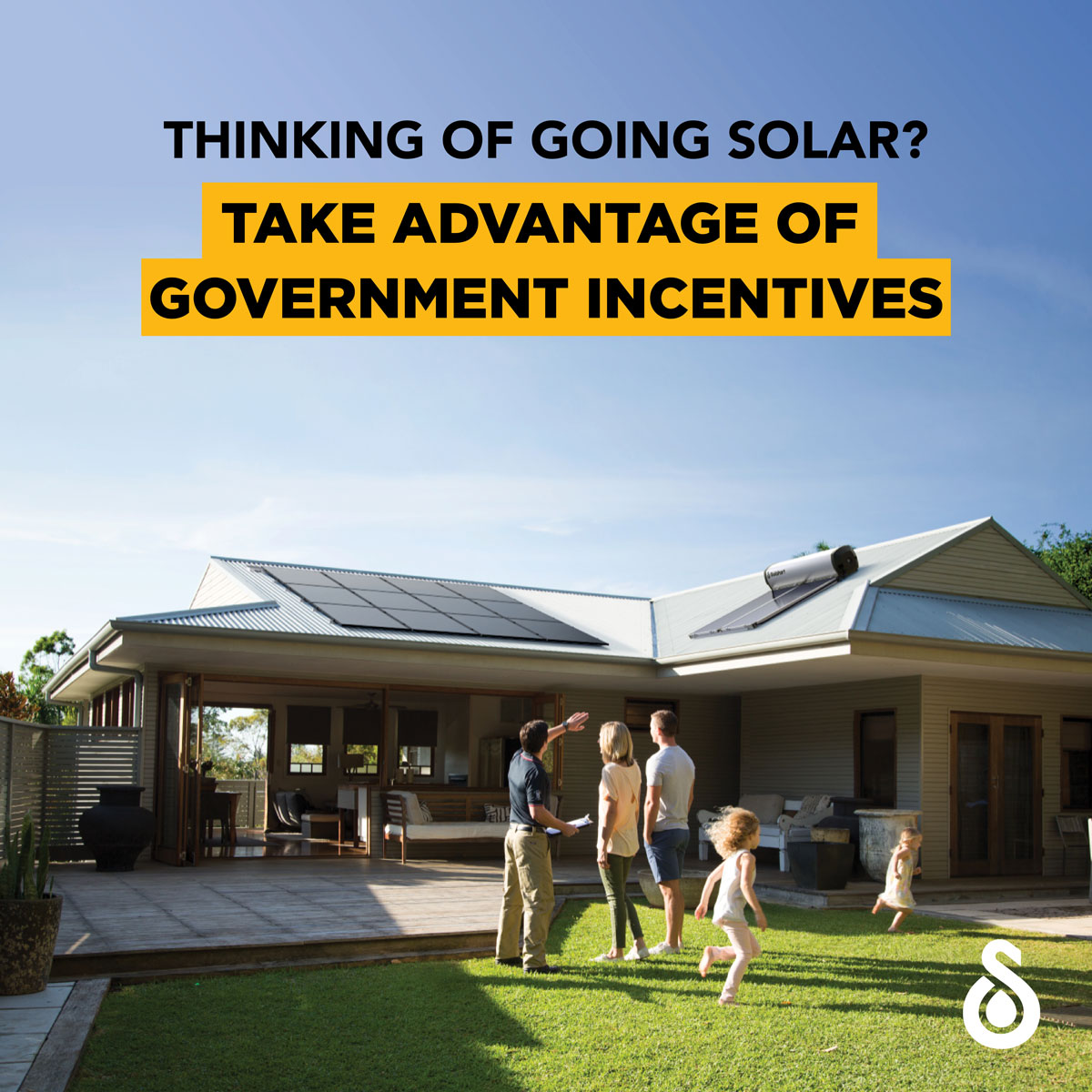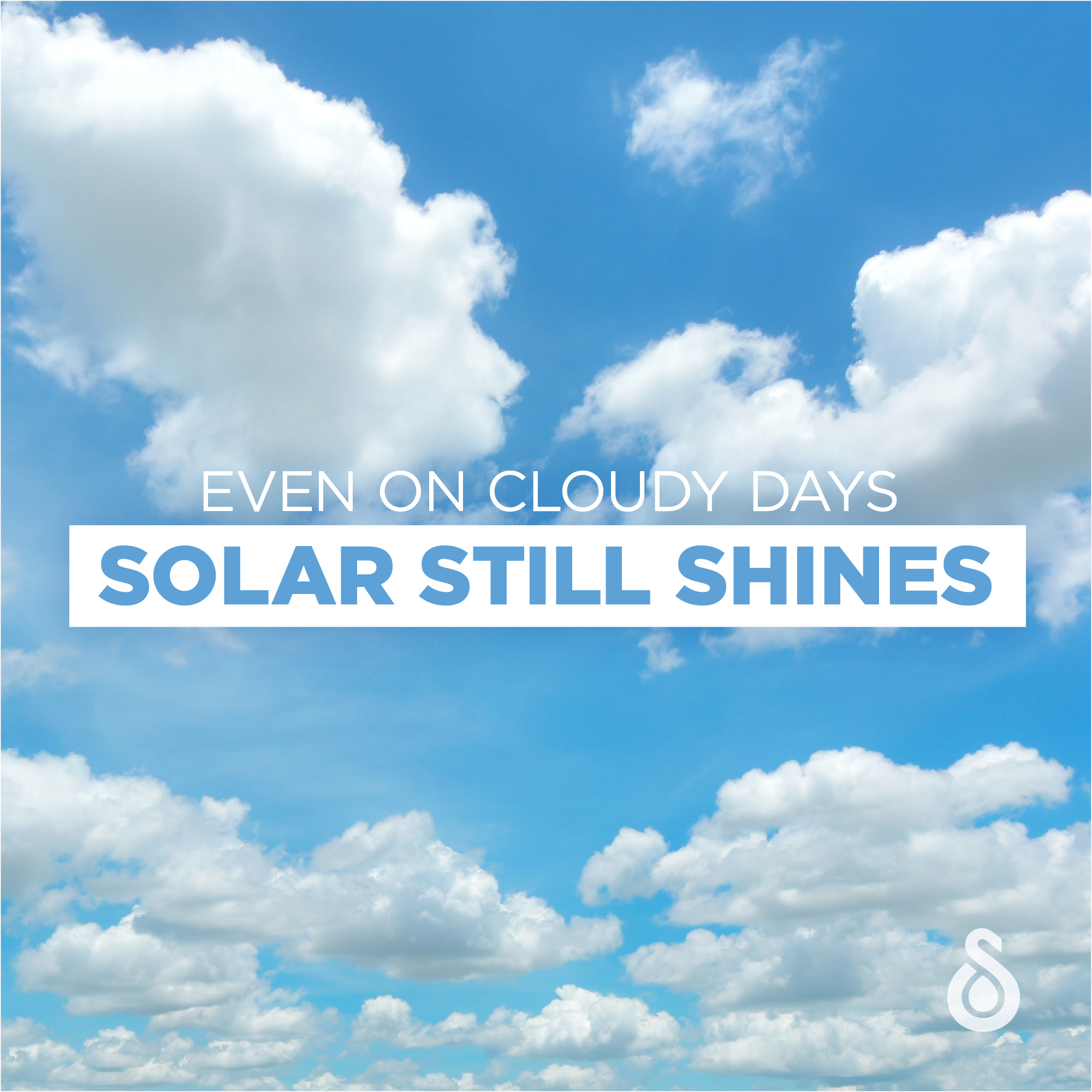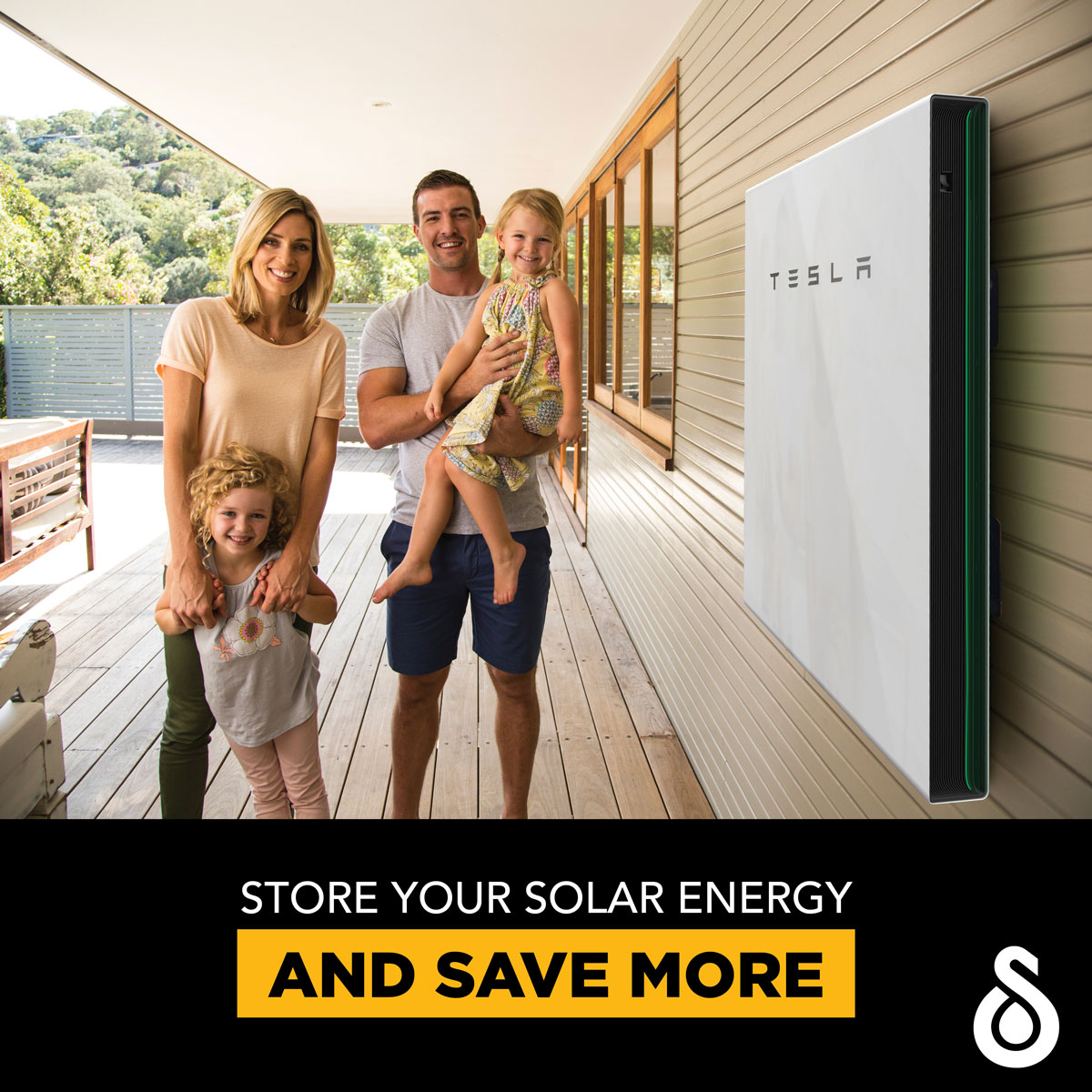Myth #3: Solar panels aren’t efficient enough
The sun produces enough energy in an hour to provide power to every person on earth for a whole year². However, to maximise your solar investment, you need to be sure the panels you select are of high quality, reliability and durability.
When it comes to quality in solar, what does that mean? A reputable solar provider will ensure their selection of panels meet strict quality standards and are tested for optimum performance and efficiency so your system works to deliver a reliable and efficient power supply.
For example, Solahart only selects panels with state-of-the-art cell technology for excellent performance in Australian conditions and anodised frames built to withstand extreme weather events.
Also, the solar industry constantly seeks ways to innovate and improve solar panel efficiency. Solahart’s new N-Type panel has greater power generation per square metre compared to typical P-Type panels and is less prone to light induced degradation (LID) when installed.








